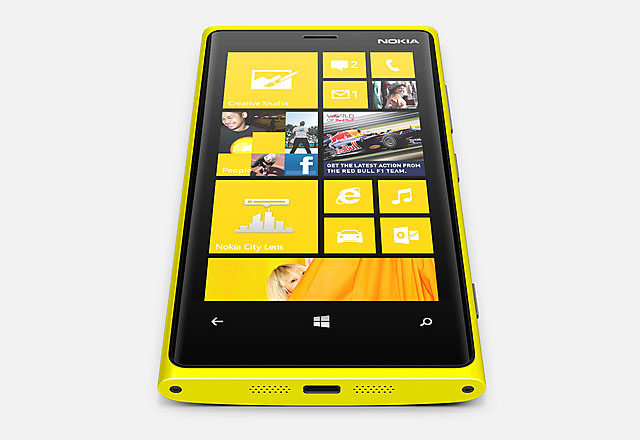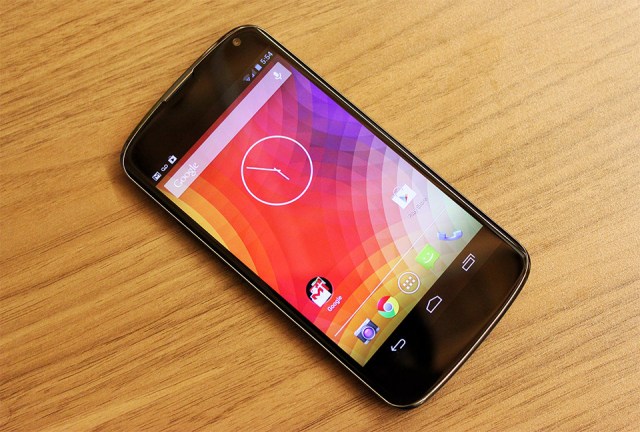
Just because the Nokia Lumia 920 is bigger, better, and more powerful, doesn't mean everyone will go for this phone, as some might even prefer an Android or another Windows Phone. The Lumia 920 boasts impressive specs and runs the Windows Phone 8 operating system silky smooth. And even though the Lumia 920 claims to have an impressive camera, you'll probably be a bit disappointed. The Nokia Lumia 920 is slightly larger, but significantly heavier than the previous version of the Nokia Lumia (the Lumia 900).

The Lumia 920 has a "sculpted" body, which means it has a unibody design and the screen is a seamless part of the body. The Nokia Lumia 920 also has an impressive HD screen. Its screen has an impressive 1280 x 768-pixel resolution (WXGA) with an incredible amount of pixel density in other words, 332 pixels per inch. Nokia has improved its screen technology to build the Lumia 920 with a modified 4.5-inch IPS LCD display. Nokia named it "PureMotion+ HD," because it can do some pretty cool stuff. For example, the sensitivity of the screen can be set to the max, so you can navigate it with your nail or in gloves. Most smartphones will not respond unless its a capacitive object.
Another feature included in the Lumia 920 is wireless charging. The wireless charging, in fact, does NOT have an internal battery, so you'll still have the trouble of wires, you have to plug something into it. The charging pad will only start a charge when you place the phone on the pad. The charging pad also does not have to be one made by Nokia, because anything with a "Qi" standard will work.
Nokia also sports a high-resolution camera that uses Carl Zeiss optics at 8.7 megapixels, and most importantly, the PureView algorithms. Nokia defines the PureView software as its algorithm however, the camera aperture is larger than on most smartphones, which gives it better performance in low light. The Lumia 920 takes amazing pictures.
Most of the time, the image quality was nice and fairly consistent -- pictures look crispier and have more contrast on other phones. Colors sometimes were not all the way you see it with your eyes; sometimes the camera has a pink or blue tint on the image. The Lumia's 1 MP front-facing camera does't take stellar shots (unfortunately), but it certainly is good for video-chatting. Videos taken on the Lumia 920 were great, colors were indeed natural, and records 1080p video. The Nokia Lumia 920 is a great all-around smartphone, but because of its weight and size, this might not be the phone for everyone, though. Most of the features are near-perfect, and none of them are unfinished features to drive you away from buying this phone.
Review by © 2012 Andy Chin
© 2012 Nokia Corporation





